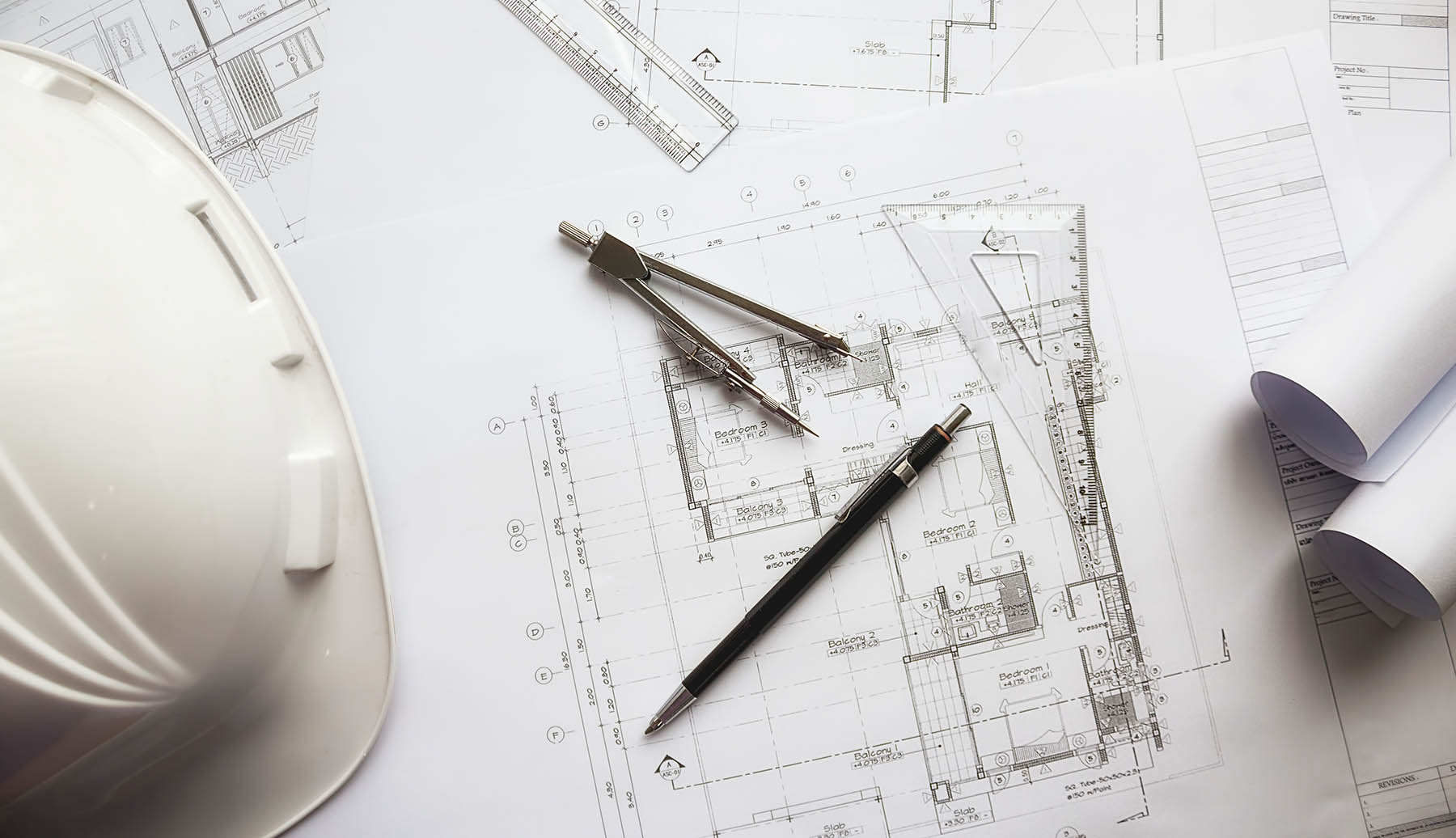

Concept design in architecture is the initial stage of the design process, where the basic ideas, principles, and overall vision for a building or space are developed. It is the phase where architects explore and define the fundamental concepts that will guide the design.
Here are some key steps and considerations in concept design for architecture:
Project Brief: Understand the project requirements, objectives, and constraints. This includes client needs, site analysis, building codes, and any specific functional or aesthetic considerations.
Research and Inspiration: Conduct research on similar projects, architectural styles, historical precedents, and current trends. Look for inspiration in art, nature, culture, or any other relevant sources to stimulate creative thinking.
Concept Generation: Generate multiple design concepts by brainstorming and sketching. Explore different ideas, spatial arrangements, forms, and materials. Consider the site context, sustainability, functionality, and user experience.
Design Principles: Establish design principles that will guide the concept development. These principles could be related to aesthetics, functionality, sustainability, cultural context, or any other defining factors for the project.
Spatial Organization: Determine the overall spatial organization and circulation patterns within the building or space. Consider the relationships between different areas, the flow of people, and the desired spatial experience.
Form and Massing: Explore different forms, volumes, and massing options. Consider how the building or space will interact with its surroundings, respond to natural light, and create a sense of visual harmony or contrast.
Materiality and Texture: Consider the materials and textures that will be used in the project. Think about how they can enhance the concept and evoke the desired atmosphere or symbolism.
Sustainability and Energy Efficiency: Integrate sustainable design principles into the concept, such as passive design strategies, renewable energy systems, efficient use of resources, and consideration of life-cycle impacts.
Presenting the Concept: Develop visual representations of the concept, such as 2D sketches, 3D models, renderings, or digital presentations. Clearly communicate the key ideas, design principles, and spatial qualities to stakeholders and clients.
Feedback and Refinement: Gather feedback from stakeholders and incorporate it into the concept design. Refine and iterate on the design based on the input received.
Remember that concept design is an iterative process, and it sets the foundation for the subsequent design stages. It is important to balance creativity, functionality, sustainability, and client requirements to develop a concept that is both inspiring and feasible to implement.
We'd love to hear from you! Please reach out at your convenience so we can discuss your project.